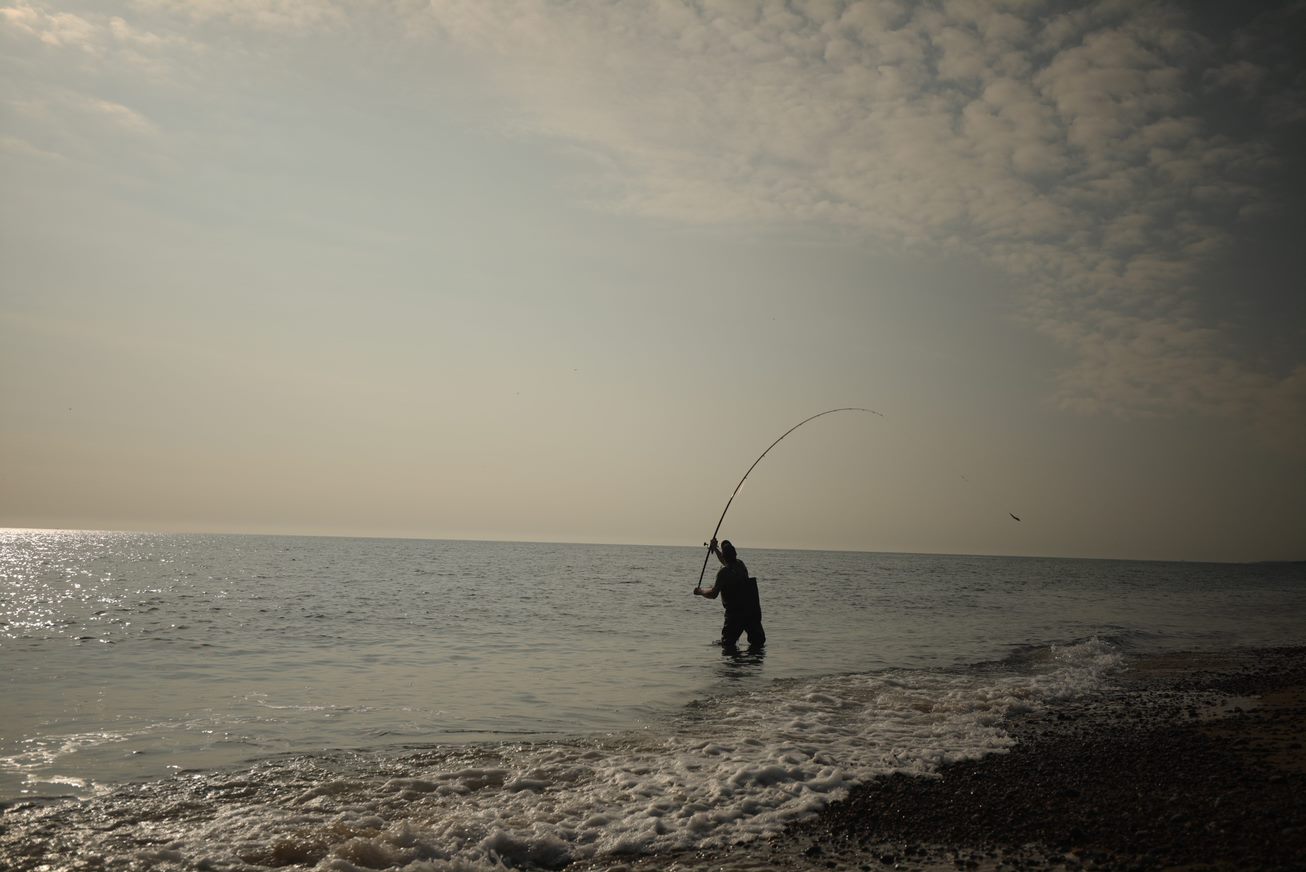Smooth-hound | Fish Species Guide | Angling Direct

Smooth-hound
aka Mustelus mustelus
Sometimes confused with a tope, smooth hounds boast flat, broad grinding teeth, rather than triangular pointed teeth and smoothhounds are knowns for its short, blunt tail lobe. Preferring warmer seas and milder winters has encouraged circulation of the fish around the UK and Eastern Europe waters where there are found close inshore, along the surf line and occasionally at depths of 70-metres. This small species of shark has a slender body, pointed snout and prominent eyes. It tends to be grey with a cream underbelly.
There is another species of smooth-hound found in UK waters: the starry smooth-hound. This species is identified by the speckled white spots found on the upper flanks and back, looking like a starry night sky, hence the name.
Stats
Status
Habitat
Found in shallow waters ranging from 5m, over sandy light ground.
Bait
Crabs, lobster, hermit crabs & mollusks.
Native or Invasive
Native
Where
South and west of the English Channel, around Ireland, continental Europe, the Mediterranean and North Africa.
 Catch Experience
Catch Experience
Video
Blog Highlight
Guide to Beach & Sea Fishing Bait, Fresh or Artificial?
As with any fishing discipline, sea fishing bait is of paramount importance, anglers spend considerable time planning their next session; what tackle to use, line, rigs etc, but you have to remember the only thing the fish are actually interested in...
Read More